Interview with Christopher Geoffrey McPherson: 'Research is at least 50% of the writing process'
In more than three decades as a professional writer/journalist, Christopher Geoffrey McPherson has covered myriad subjects and interviewed thousands of people from the famous to the unknown. He brings his years of experience to each one of his novels.
Every work is different. Through reading his
novels, you can visit the American home front in the 1940s, a future San Francisco wiped out by a killer earthquake, a
romantic love affair in post-war Paris in the 1920s, a future planet where the
major industry is making babies -- or an exciting detective series set in 1930s
Los
Angeles.
In his career, his work has appeared in
daily newspapers, monthly magazines, extensively on radio and the occasional
dalliance with television. He has written advertising copy and radio
commercials -- and continues to write.
Christopher is currently working on a series
of novels that take place in 1930s Los Angeles called “The James Murray Mysteries.” Books
in the series are "Murder
at Eastern Columbia," “Sabotage at RKO Studio” and the newest
“Abduction at Griffith Observatory.”
Other works featuring his byline include
"The Babi Makers" -- a science fiction tale about a world where the
most important resource is babies; "Sarah & Gerald" -- a novel
about Paris in the 1920s; "Forever - and other stories" -- a collection
of short stories; "The Life Line" -- the novel of the big one that
levels San Francisco; "News on the Home Front" -- a novel of two
friends during World War Two; and "Mama Cat" -- a book for children.
Also, several short plays, a few radio plays and a boatload of radio
documentaries.
For More Information
- Visit Christopher Geoffrey McPherson’s website.
- Connect with Christopher on Facebook and Twitter.
- Visit Christopher blog.
- More books by Christopher Geoffrey McPherson.
- Contact the author.
About the Book:
Los Angeles. 1931. Your name is James Murray. You are a
clerk in the Junior Boy's department at the swankest new department store in
downtown. You want to be a writer, but there's a Depression on. Suddenly, you
find yourself trying to solve the murder of your best friend. Will you be able
to find the murderer before it's too late?
"Murder at Eastern Columbia" is two novels in
one: two parallel stories, featuring two heroes, working two murders in two
different versions of 1930s Los Angeles. Join James and his alter ego as they
each try to solve the murder of the girl with sorrel-colored hair. Follow the
twists and turns until the climactic scene atop the tallest building in all of
LA: the brand new Los Angeles City Hall.
For More Information
- Murder at Eastern Columbia is available at Amazon.
- Pick up your copy at Barnes & Noble.
- Download at iTunes.
- Discuss this book at PUYB Virtual Book Club at Goodreads.
- Read more about the James Murray Mysteries.
Q: Welcome to The
Writer's Life! Now that your book has
been published, we’d love to find out more about the process. Can we begin by having you take us at the
beginning? Where did you come up with
the idea to write your book?
I’ve been writing
historical fiction for many years. For some reason, the idea of 1930s Los
Angeles kept gnawing at me. I’ve always loved the history of Southern
California, but could never quite figure out how to turn that love into a
novel. So, in 2009, my spouse and I traveled to downtown Los Angeles and walked
the streets, marveled at the still-standing historic buildings, tried to
capture the essence of what made this area so fascinating.
I came up with the
idea of writing a novel about a young man who wants to be a writer, but who has
to work because of the Depression. One day, a co-worker winds up dead and the
adventure begins in Murder at Eastern Columbia. But the thing that’s
different is this: inside my novel, you get two novels -- the novel about James
and the events in his life alternating with chapters from the novel he writes
based on those events. So, the reader gets two novels about two people trying
to solve two different murders.
For many years, I had
a rule that I would never write a sequel or a series; but I had so much fun
creating the world of James Murray; I knew he had many more stories to tell.
That led to the second James Murray Mystery, Sabotage at RKO Studio and
the third, Abduction at Griffith Observatory. I’m hard at work on the
fourth and fifth novels in the series. And they all share the same device: each
novel is two stories about two different but similar cases.
Q: How hard was it to
write a book like this and do you have any tips that you could pass on which
would make the journey easier for other writers?
Although this was my
fifth novel, it was my first detective mystery. I read a lot of the detective
stories from the period knowing I would have to create a plausible mystery,
pepper it with believable clews, yet still make it unique, interesting and not
too easy to solve. There are so many links to the chain of this mystery; it
kept my mind spinning to make sure every hint had a reason, every link had a
purpose and every clew made sense. Of course, the fact that each novel is
really two intertwining novels makes the job twice as difficult. So far, no one
has been able to figure out the solution to the mystery before I revealed it.
It makes me happy to know readers had to keep going if they wanted to know.
As far as tips to
other writers, well that’s easy: do your research. Research is at least 50
percent of the writing process. If you’re thorough in your research, the
writing will progress much more smoothly.
Q: Who is your
publisher and how did you find them or did you self-publish?
I am proudly
self-published. I got tired of trying to convince mainstream publishers that I
had an interesting idea, so I struck out on my own. I think my book sales and
reviews demonstrate that it was a good idea for me.
Q: Is there anything
that surprised you about getting your first book published?
There were a lot of
surprises when my first novel came out. The biggest was that readers pay
attention to what you write. Although I tried hard to cover all the bases in my
first novel, News on the Home Front, I overlooked one small point and my
readers nailed me for it. Lesson learned. I’ve not made that mistake again (so
far).
Q: What other books
(if any) are you working on and when will they be published?
Books four and five
of The James Murray Mysteries series are in the works as we speak. I’m
expecting to end the series with the fifth book, so I want to make sure writer
James Murray goes out with a bang and not a whimper.
Q: What’s your
favorite place to hang out online?
Although I spend a
lot of time online, I don’t really enjoy hanging out there. My favorite place
to hang out is in my backyard with my spouse and my dog, reading a fascinating
biography. So many wonderful lives have been lived, we can never live long
enough to learn about them all. In addition, I get a lot of material for my
novels from biographies and histories.
Q: Finally, what
message (if any) are you trying to get across with your book?
I come down on the
side of Samuel Goldwyn who famously said: “If you want to send a message, use
Western Union.” I want Murder at Eastern Columbia to be a fun, exciting
read. But I will say this: by the end of this book, I hope my readers will
understand the value of a true friend. James has a lot of true friends, but he
doesn’t really realize it until the end of the book.
Q: Thank you again
for this interview! Do you have any
final words?
Thank you for including me in The Writer’s Life.
It’s been fun, and I would like to add this: I’ve been fortunate to be a
professional writer for more than three decades. I love to write. I know a lot
of people also love to write but they don’t -- for whatever reason. Listen: if
you want to write, do it. The only way to be a writer is to write. Don’t worry
about what an audience might think. You have to write for yourself. Readers,
reviews, awards, and money might come, eventually; but they have to be merely
the icing on the cake. Don’t deny yourself your writing.






































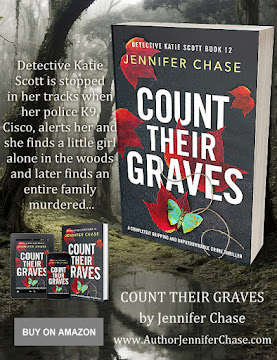






























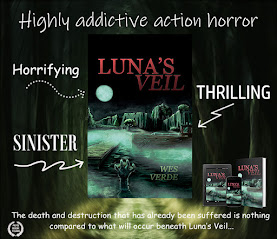
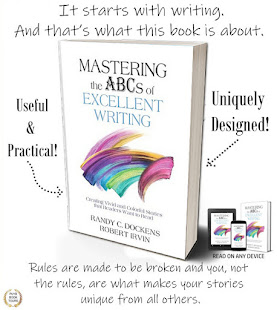
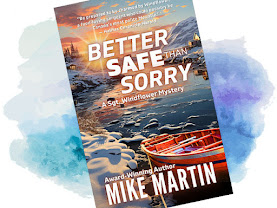
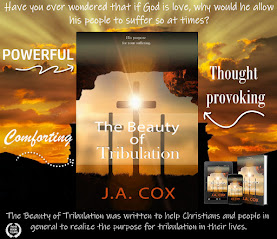



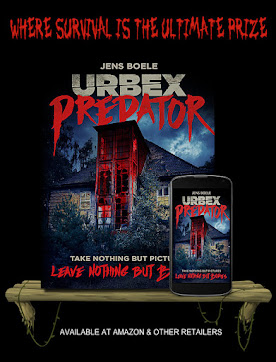









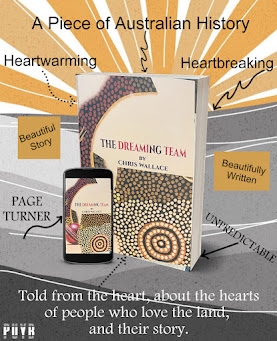

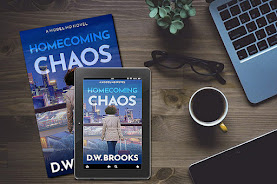


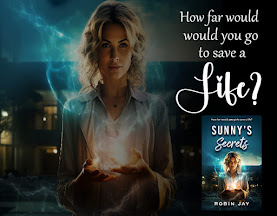

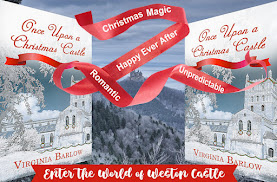


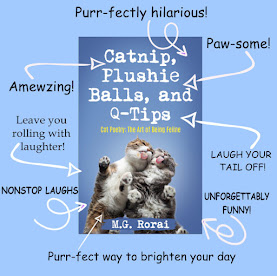



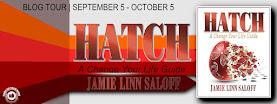

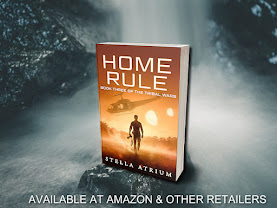

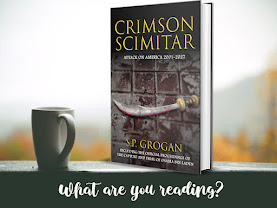


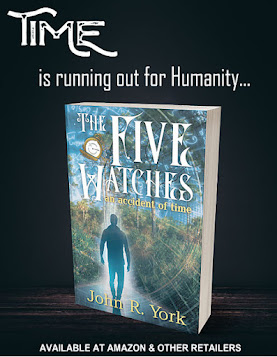

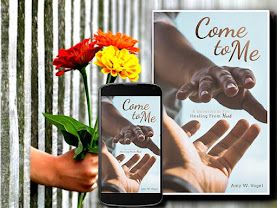



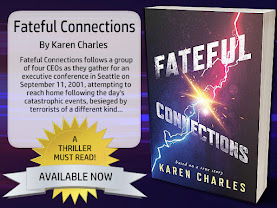


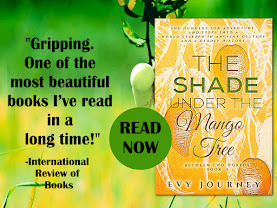

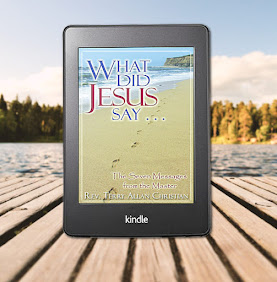





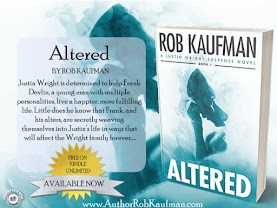
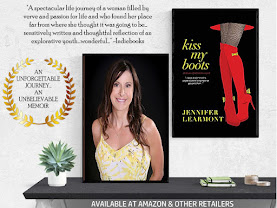
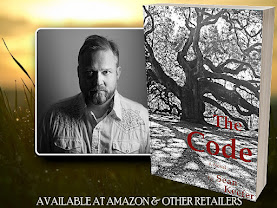

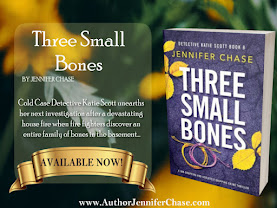

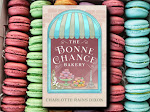
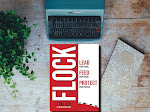


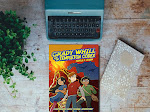


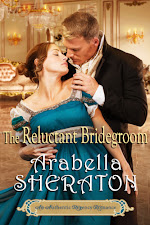
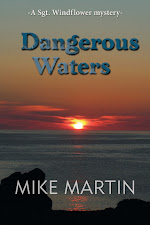



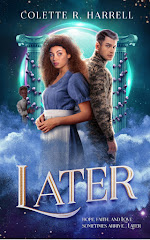
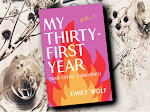
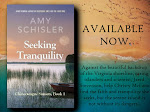


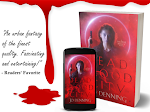


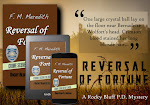

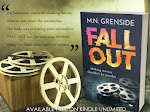


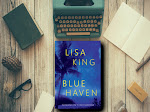




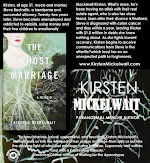

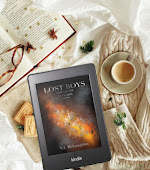
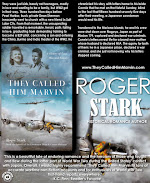

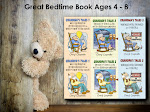

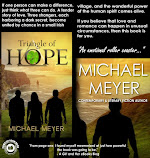
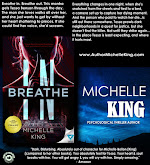
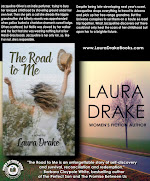


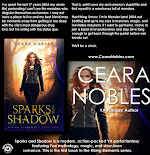
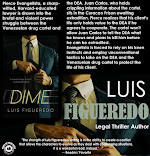

























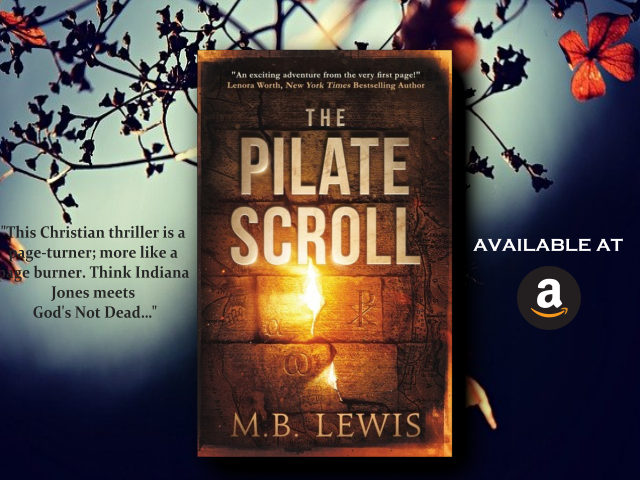













Leave a Comment